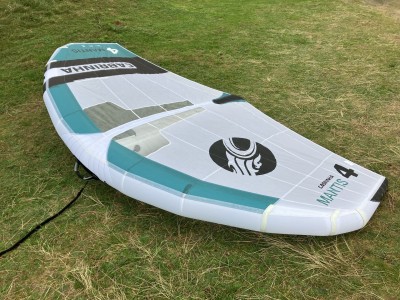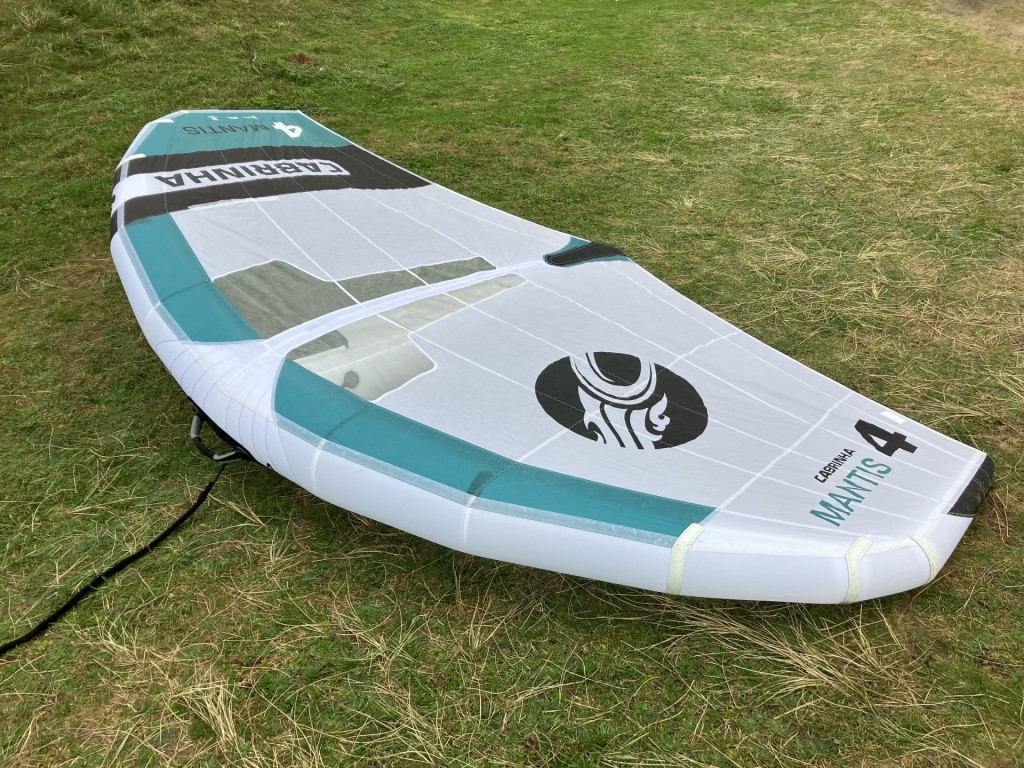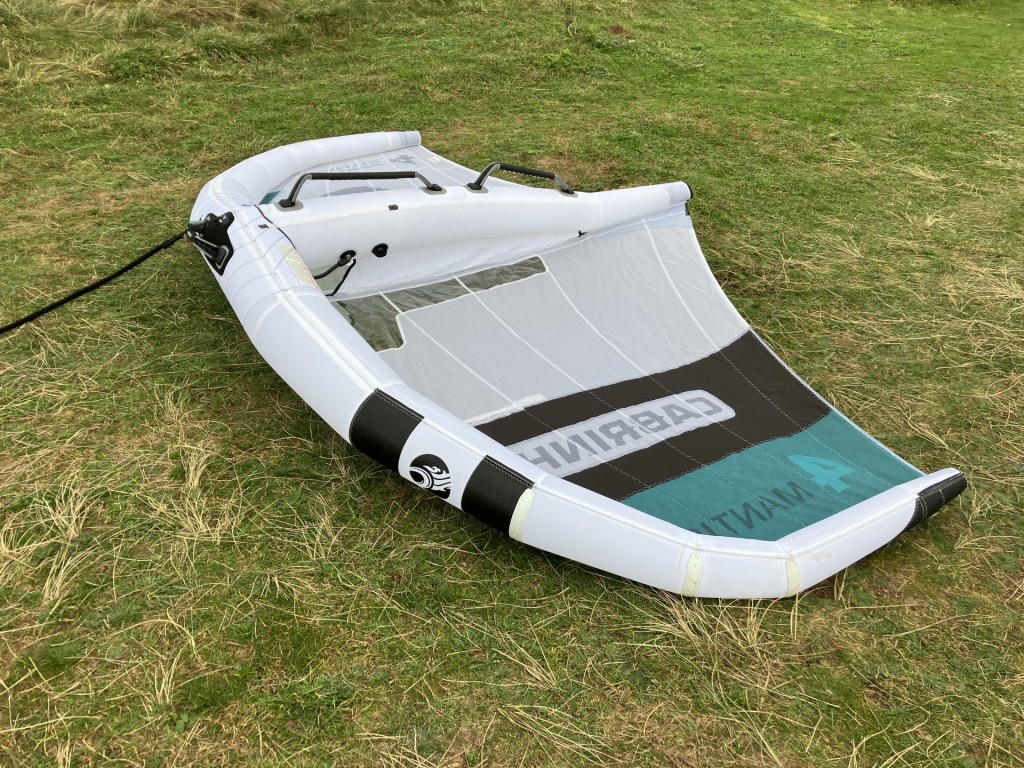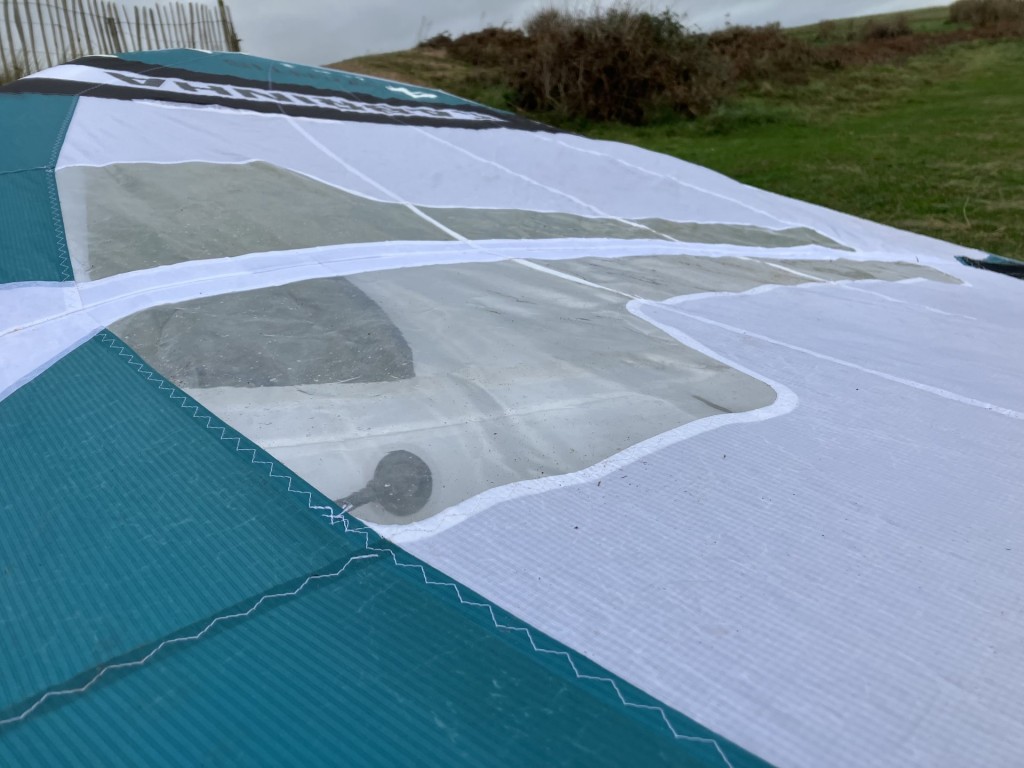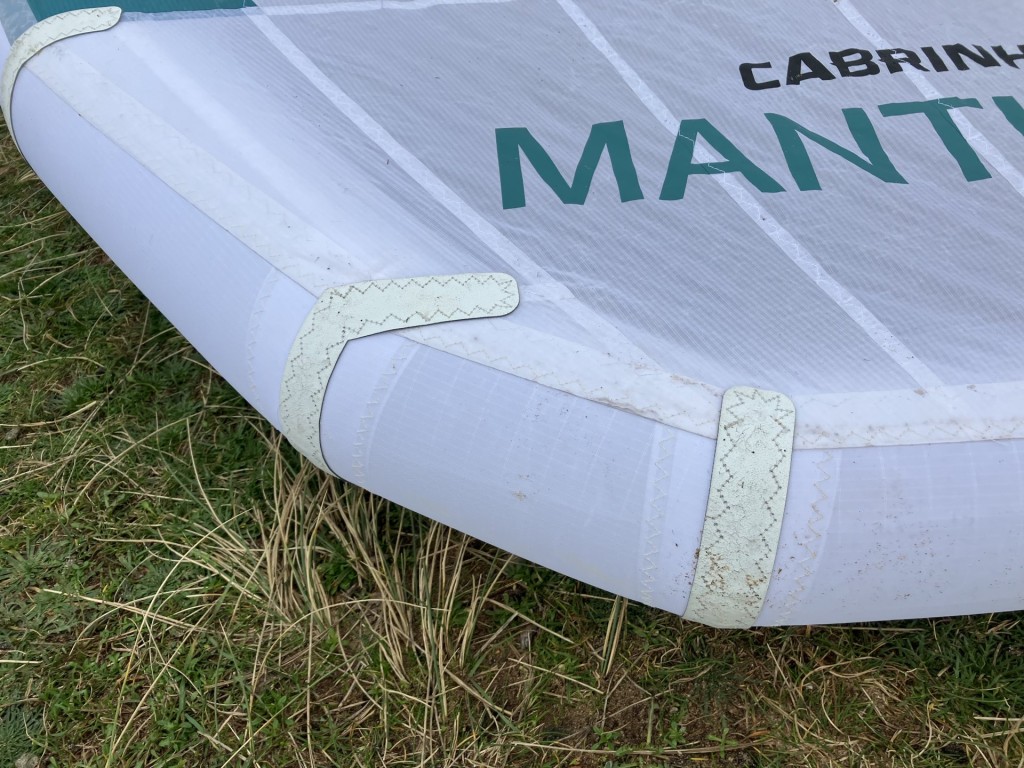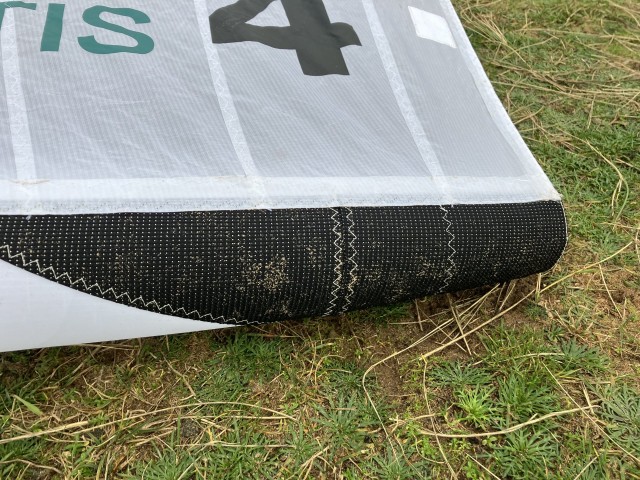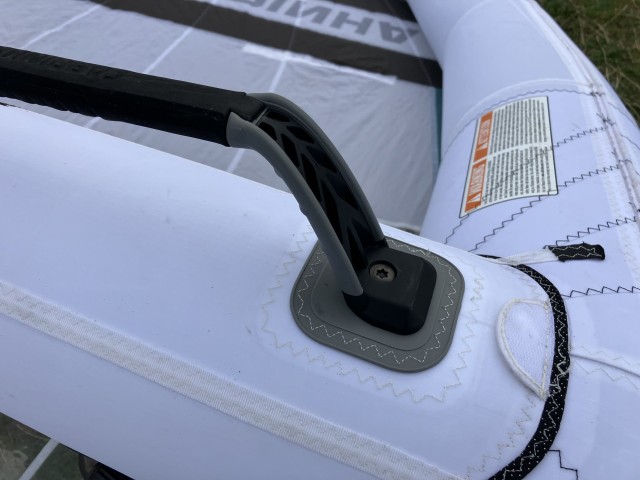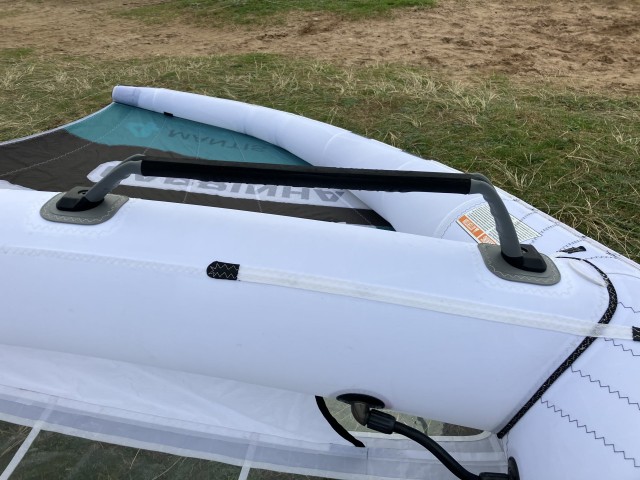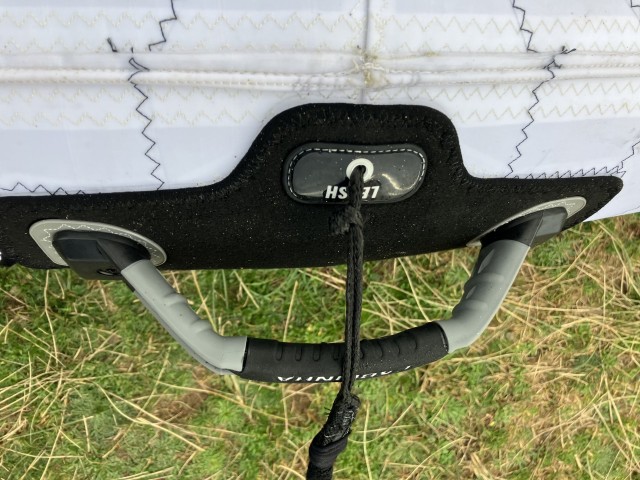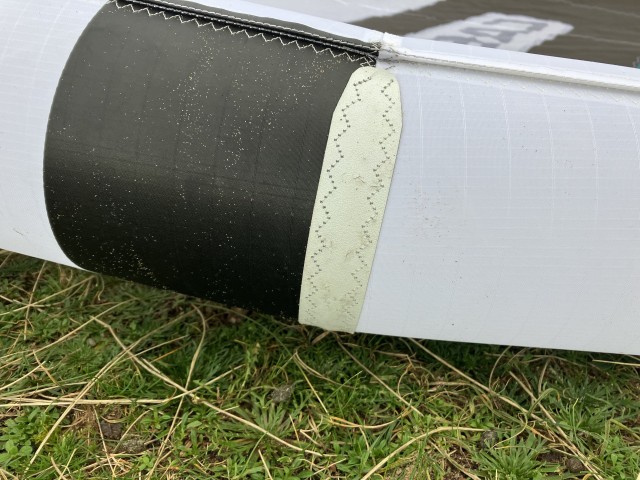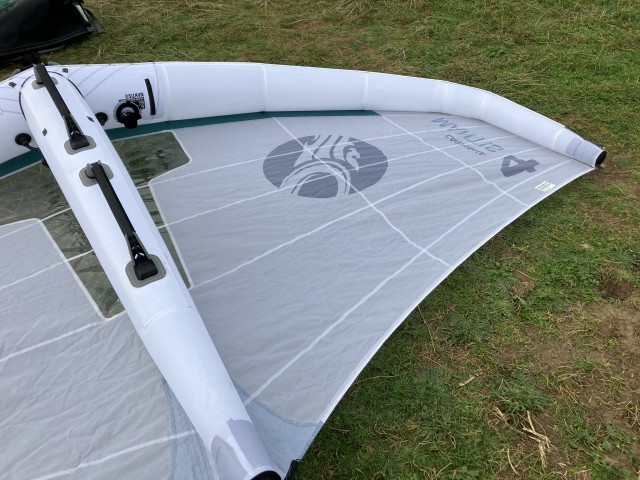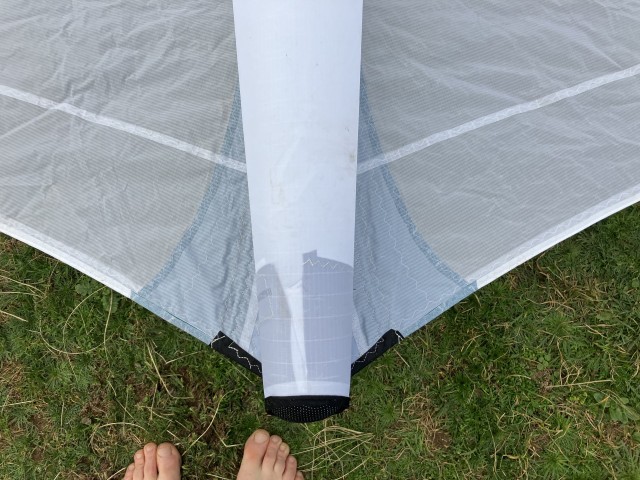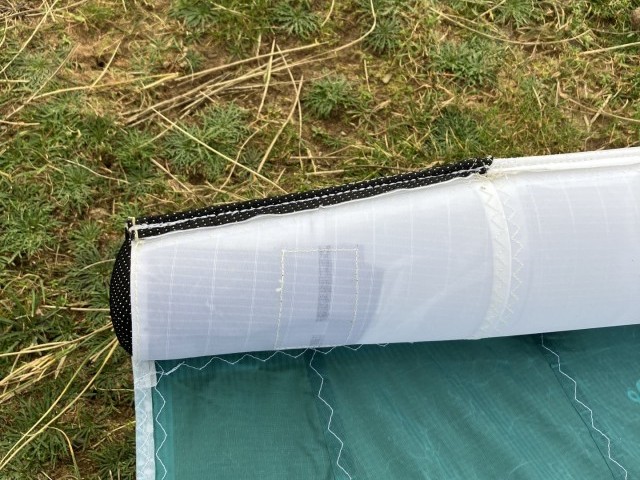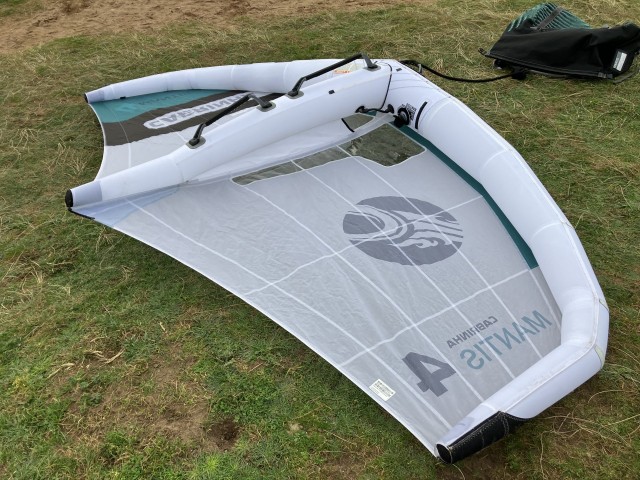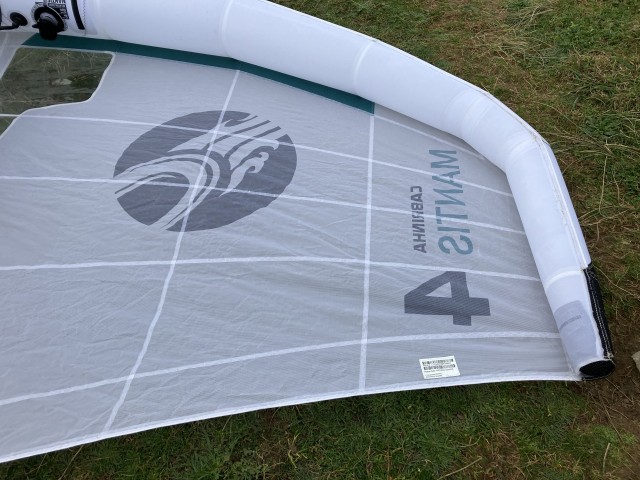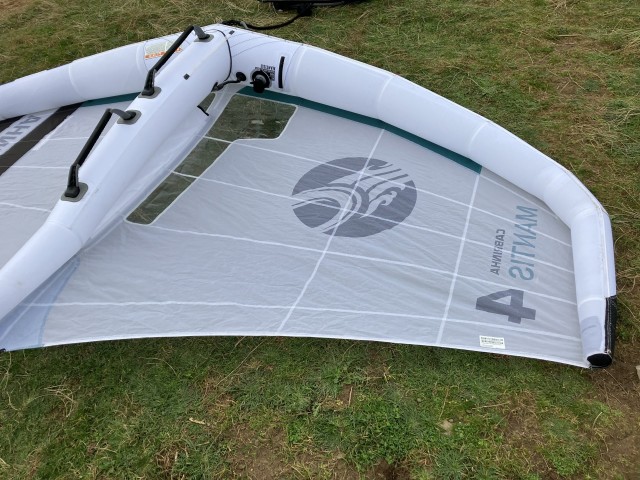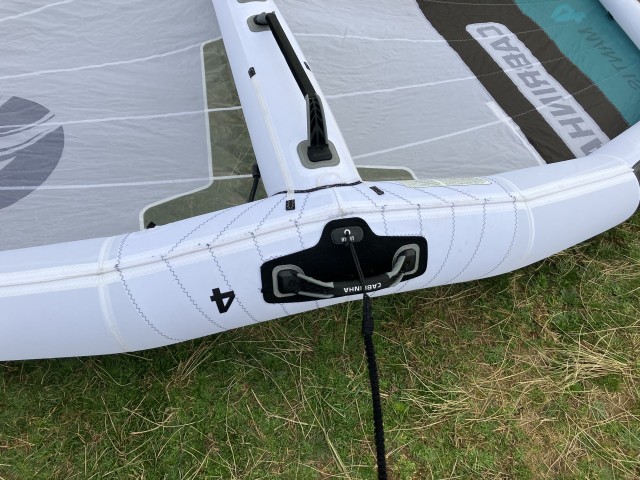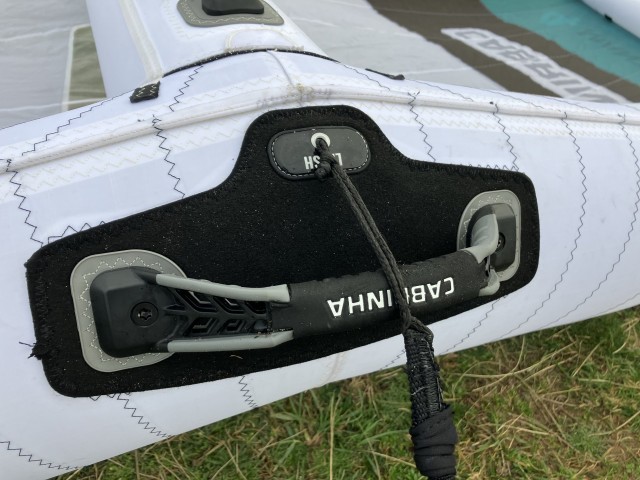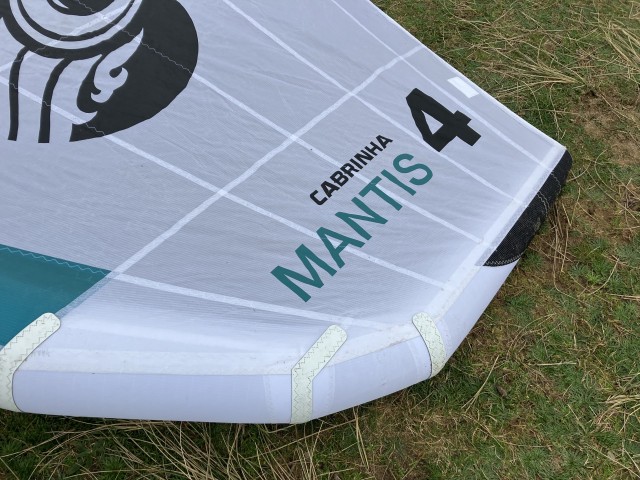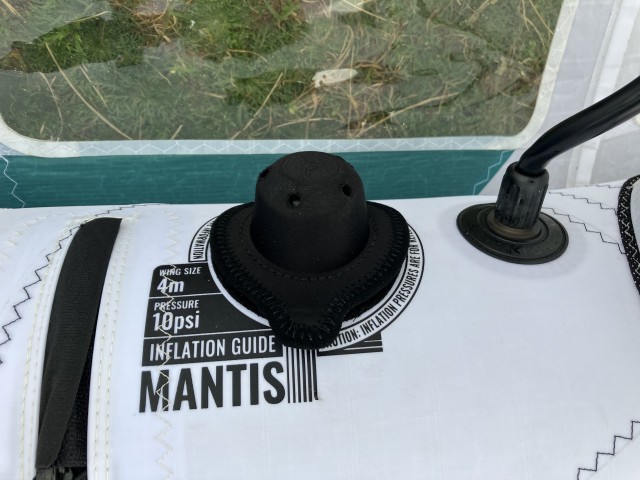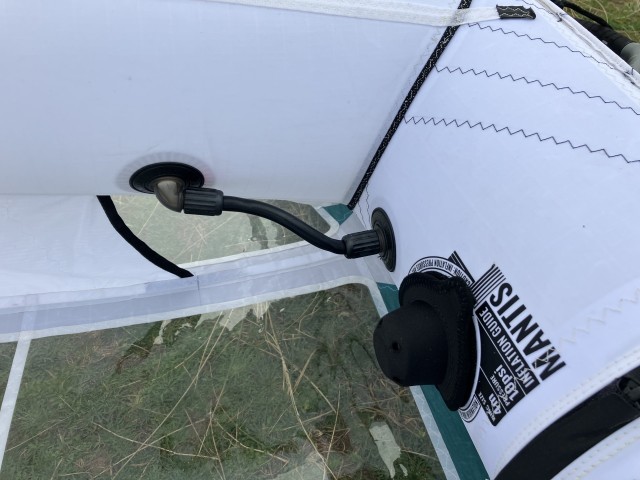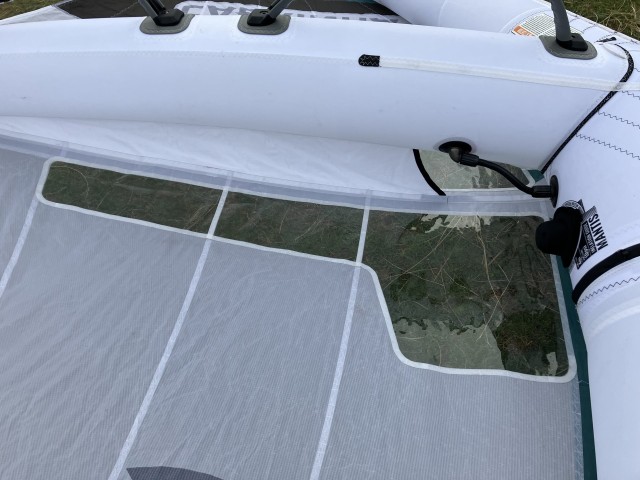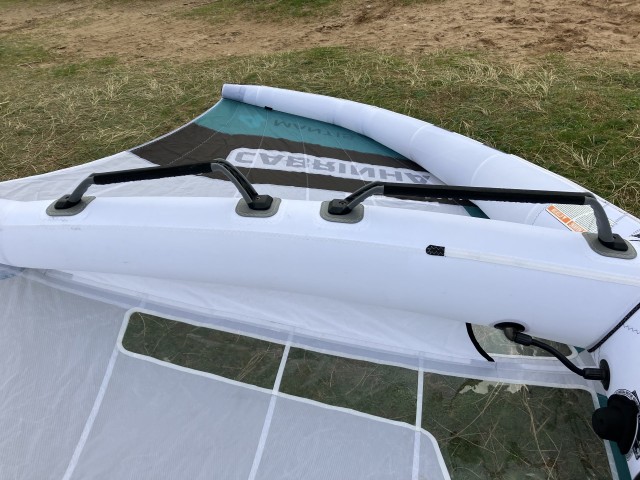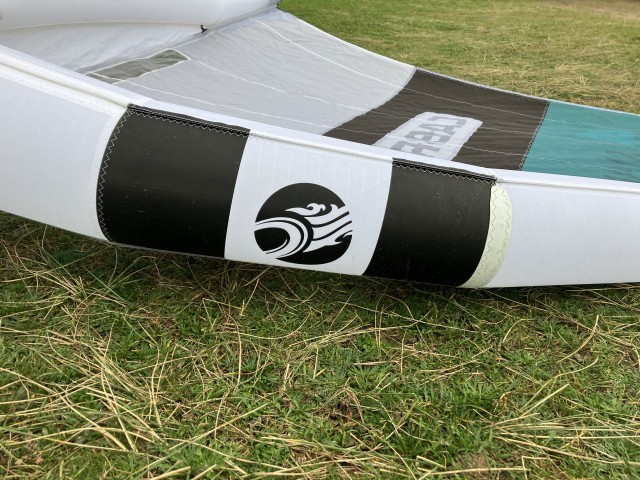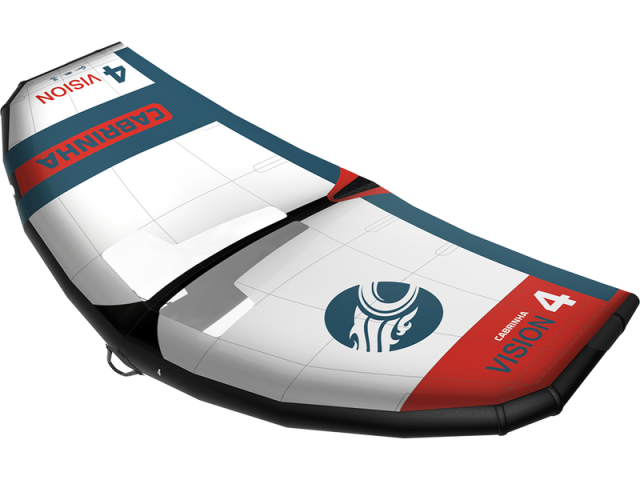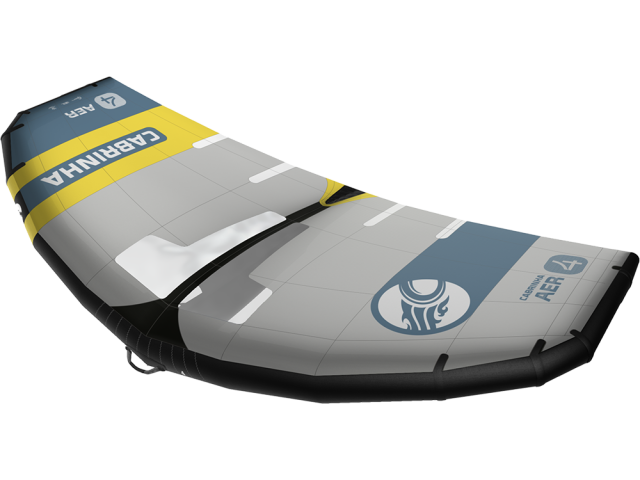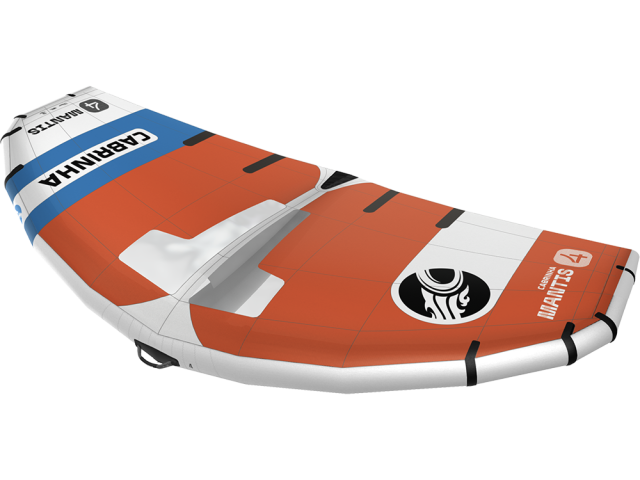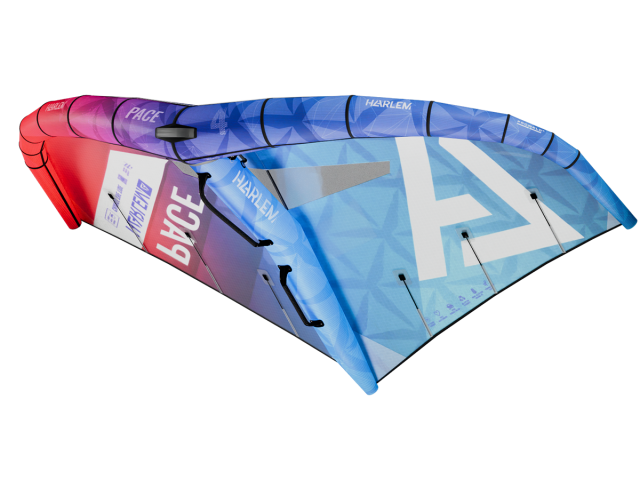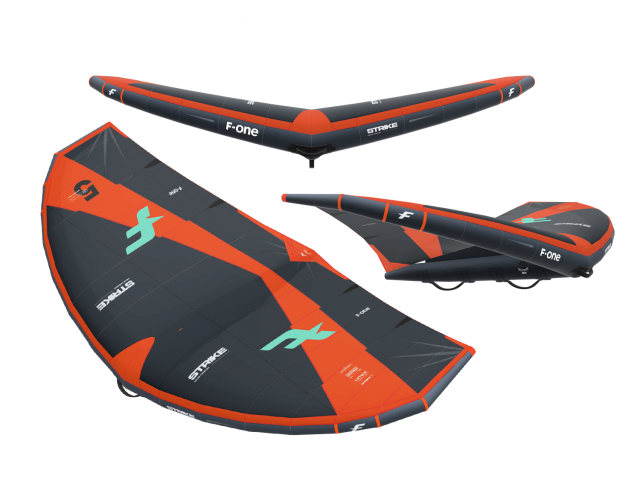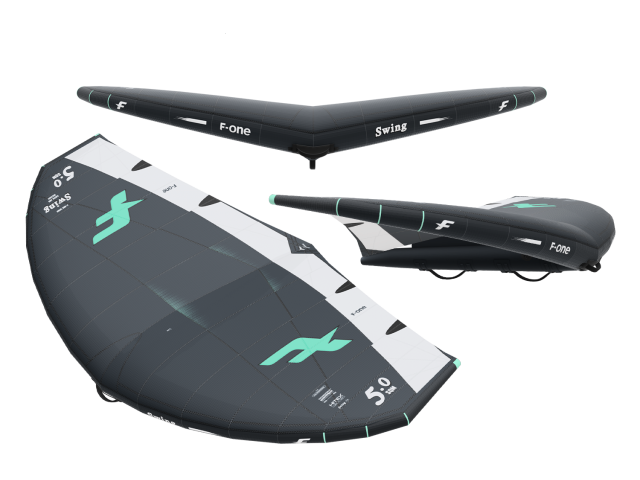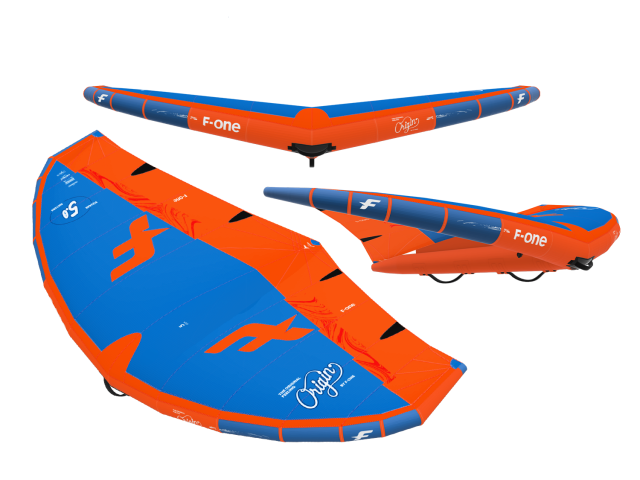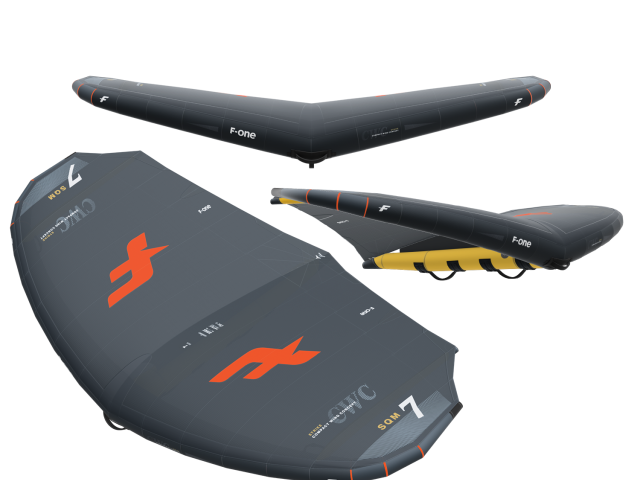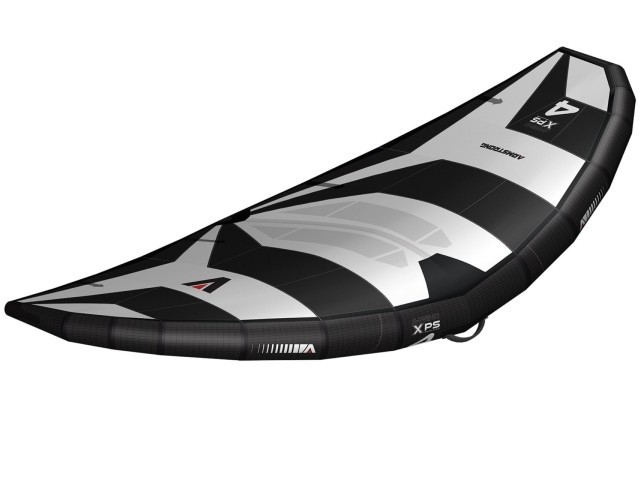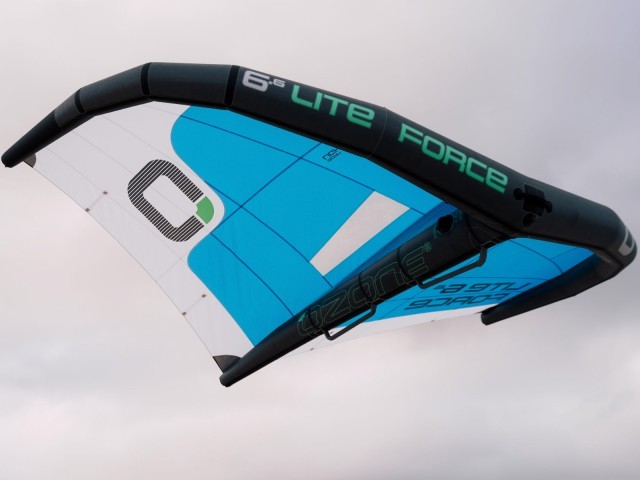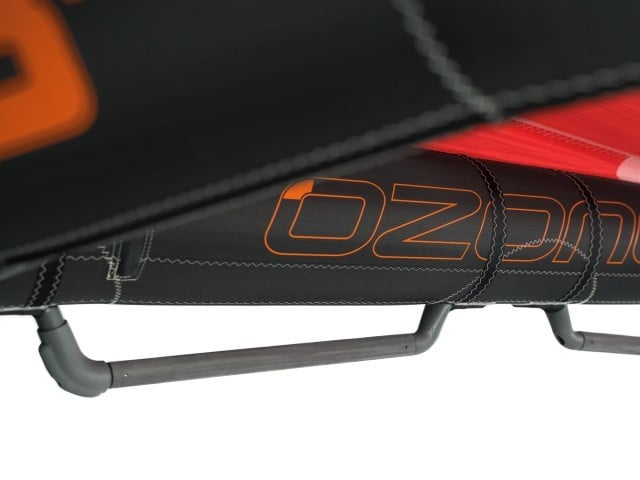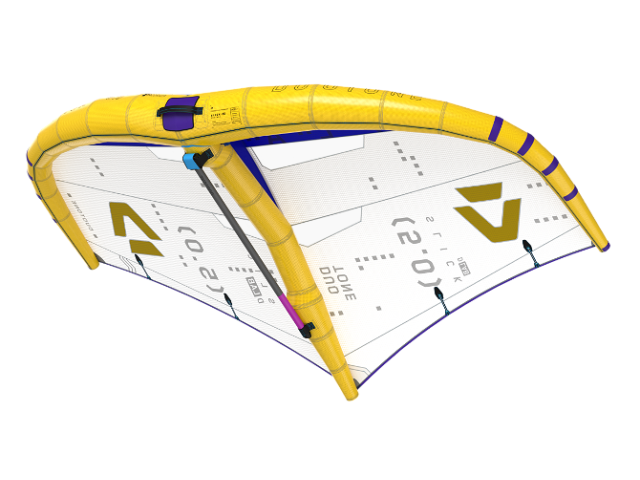The ‘04’ Cabrinha collection release brings the 4th generation of the Mantis. Cabrinha promises that the “04 Mantis marks the biggest evolutionary step for this iconic wing”. With so many prominent design and construction improvements, this seems like a pretty fair statement! The predecessor to the ‘04’ mantis set a very high benchmark. It was a versatile wing comfortable with various rider skill levels, capable of performing all disciplines, and felt at home in a wide range of conditions. So, has Cabrinha set the new ‘gold standard’ with the fourth iteration?
At a glance
There’s a lot to get through with the new Mantis, some obvious, some less obvious, so let’s get stuck in. The construction details have changed significantly for the new model. The panel arrangement differs from last year, and the overall panel count is much higher. Cabrinha refers to this as their new spanwise load path panel layout. This refers to the increased number of seamlines and associated canopy cloth overlaps across the wing from tip to tip. I expect these to bring stiffness and longevity improvements as they act as localised reinforcements. The significantly increased panel count will also increase the accuracy and precision with which Cabrinha can bring to life the designed airfoil section and canopy profile and has resulted in a smoother curvature to the canopy and an overall cleaner and tighter sail from leading edge (LE) to trailing edge (TE).
This new canopy layout will compliment the new convex strut and updated TE distribution panel of the ‘04’ Mantis. The ‘03’ Mantis introduced the TE distribution panel as a V panel layout on the TE at the bottom of the strut, tied into a multi-ply dacron V reinforcement in the trailing edge. This year, the TEDP covers a greater area with a greater number of more refined curved dacron plys. For several reasons, the new convex strut has been implemented alongside a new airfoil profile. The curvature of the convex strut is intended to increase its stiffness and allow for an optimally taught canopy that incorporates the new airfoil profile. This is because the convex strut allows for an improved connection between the canopy cloth and the back of the strut.
Other less obvious construction enhancements include the doubling up of dacron in the most stressed areas of the airframe (inflated sections of the wing). If you look closely at the review photos, you’ll see the more opaque sections of the white leading edge at the ‘elbows’ where the leading edge segments join and undertake the greatest angle change. This angle change results in the most stressed areas of the airframe, hence the use of the additional ply of dacron in these locations. The dacron reinforcement overlaps the two segments, reinforcing the connection, thereby stiffening the airframe and wing altogether and helping to maintain canoy tension over the lifetime of the wing.
The window layout has been adjusted to maintain as much vision through them as possible whilst reducing the amount of TPU required to reduce weight, as the TPU is slightly heavier than the canopy cloth material.
The ‘04’ Mantis has the moulded composite widespan handles we’re used to, and I’m a fan of, now with an indexing mounting interface to increase the torsional rigidity of the handle and further improve their performance. The impulse front handle has had the same treatment and now closely resembles the composite widespan handles, a major upgrade in my mind.
Sizes: 2m, 2.5m, 3m, 3.5m, 4m, 5m, 6m
On the Water
My first impression of the new Mantis was that it felt like a hybrid between the previous iterations of the Mantis and Mantis Apex. It felt lighter in the hands to fly and more taut. The handling feels lively with instantaneous response.
There is a more positive response to pumping than in previous generations. The ‘04’ Mantis is more adaptable to different styles and cadences of pumping and will, therefore, suit riders using a wider range of board sizes and volumes. It delivers good low-end grunts with a bigger, slower pumping action that will suit more beginner riders. It is also light enough and tight enough to recover when pumping rapidly to get a sinker board going.
Ergonomically, the ‘04’ Mantis is better than ever. The Mantis has always maintained good visibility through the windows. This year's model represents a window panel layout that achieves the best compromise between visibility and minimising excessive use of TPU material to reduce weight. Also, the new convex strut has resulted in handle positions that feel very natural. When in a steady riding position, the arms and shoulders feel relaxed and well-positioned without effort, while the wing feels comfortable from the body. This, in combination with the composite widespan handles, which I've been known to praise highly in the past, is a comfortable combination for long and powered sessions.
The depower handle has now been upgraded regarding composite widespan handles. You didn’t know you needed this when luffing the wing until you tried it. It shines during the transfer from regular riding into and out of the luffing position. The new stiff depower handle lets you dial the wing into a balanced position quickly and provides plenty of feedback and control when re-engaging the wing. The Mantis is well-behaved when luffing on the depower handle, but the new composite hard handle allows you to make finer adjustments quicker.
Summary
Despite Cabrinha making significant construction and design changes to the ‘04’ Mantis, it retains the feeling that has appealed to such a wide variety of riders. They’ve delivered a sharper and more responsive wing that is also more comfortable to use and still as versatile as ever before.
Videos
This review was in Issue 19 of Tonic Mag.
For more information visit CabrinhaRelated
By Liam Proctor


